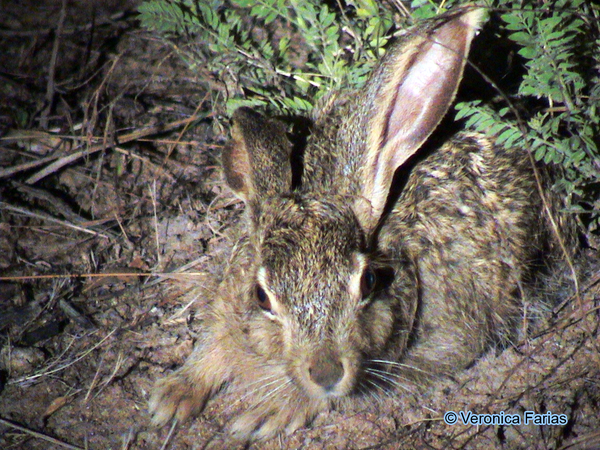Lagomorph research

The spring of 2015 saw a flurry of publications relevant to lagomorph biology and conservation. To kick off my research blog, I’ve compiled some relevant links and summarized my own research on this unique group of mammals.
My own interest towards this group came from a puzzling result in my first thesis chapter: that Lagomorph species belonging to species-poor genera (a category of biological classification above the species level, grouping similar and closely related species that share similar evolutionary histories) are at particularly high risk of extinction. This is an unusual pattern among mammalian orders and a worrying prospect because most Lagomorph genera are very small, containing only one or two species. If these species were to go extinct, there would be no similar species left anywhere else and a disproportionate amount of unique evolutionary history would be lost forever.
With help from QUB researchers and lagomorph experts Katie Leach (@lagomorpha_) and Neil Reid (@Neil_Reid), as well as my supervisor Diana Fisher, my latest PhD thesis paper on this topic was published in March: Diversity, extinction, and threat status in Lagomorphs.
We worked with the idea that species-poor clades share characteristics that have affected how they have diversified over time, and that these features also put them at higher risk of extinction in the near future from the effects of human-induced pressures. Species in these groups could be isolated on islands or mountaintops, or they may be very specialized to particular habitats and resources.
The study incorporated several properties of the mammalian phylogeny (a reconstruction showing how the species are related to one another) such as the shape and the frequency distribution of clade sizes to provide evidence of the taxonomic imbalance within lagomorph genera. We evaluated climatic variables, human population density, anthropogenic habitat conversion, ecology and geographic range size as potential predictors of threat status and clade diversity.
We found that threatened species tend to occur in areas where human population densities are high or habitat-conversion levels are low, but none of the other variables predicted threat status or clade size. These results suggest that species which occupy many different habitats are less likely to be threatened. Human pressures are so strong that they override any variation in ecology, biology and distribution in living species.
I insistend on reviewing the paleobiogeography of all living lagomorph genera, because data for living species alone may not reflect the effects of past environmental changes and high extinction fractions within certain lineages. For example, the Amami rabbit (Pentalagus furnessi) has been evolving independently in the Ryuku archipelago of Japan for at least ten million years, so the genus Pentalagus only has one species. On the other hand, the genus Oryctolagus used to be very diverse but has lost many species in the past million years, leaving the European rabbit (Oryctolagus cuniculus) as the only living representative.
I had lots of fun writing this paper, and working with Katie and Neil was great, they are probably the fastest collaborators I’ve ever worked with. This paper had a heavy GIS component (handled expertly by Katie), and I enjoyed learning and using new methods to generate a complete lagomorph phylogeny (PASTIS and expanded tree methods). I even got to use BAMM to investigate the order’s diversification. All the R code and data for this paper are available on its GitHub-hosted supplementary material.
Anticipating the publication of this paper and her own awesome work on climate change vulnerability and macroecology (which got tons of media attention), co-author Katie Leach wrote a lovely blog post introducing the study group: The Wonderful World of Lagomorphs, and a piece on the importance of collaboration that describes how our paper came about: Collaborative Research. I then summarized the results in this piece for the Zoological Society of London EDGE website.
To wrap things up, a recent study by a team of Mexican researchers (State of knowledge and conservation of endangered and critically endangered lagomorphs worldwide) highlights the state of knowledge and conservation of all globally endangered Lagomorphs. This synthesis found important gaps in knowledge, and provides important data on the conservation measures and research that are required to preserve these cute creatures.
